These Magical Chinese Folktales Will Spark Your Child’s Imagination
These Magical Chinese Folktales Will Spark Your Child’s Imagination
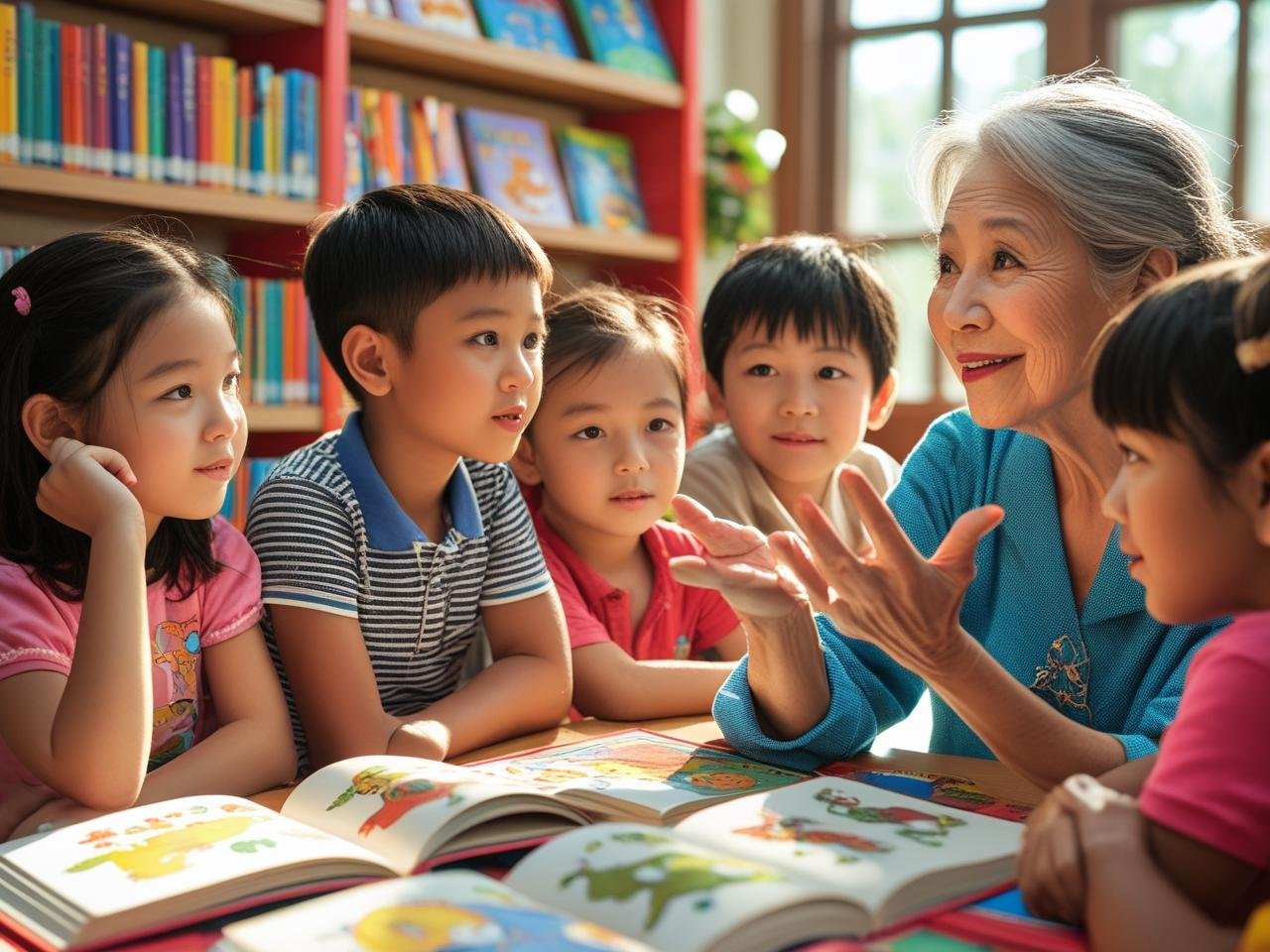
Learning Mandarin can come in many different methods. Learning through idioms and story books have significantly helped children expand their knowledge while maintaining an engaging study session. Other than the two methods, teaching Chinese to children can be incorporated in several other ways, such as including Chinese folktales. In contrast to story books, Chinese folktales are usually passed through the generation without little to no written format, giving enough liberty for people to adjust the story. As time escalates, these folktales are often adapted in several formats, such as written story and even animation. Learn more about how Classic Chinese folktales for kids can help in teaching Mandarin and spark creativity by reading this article.
Learning Life Lessons through Chinese Folktales: Morals Behind Stories
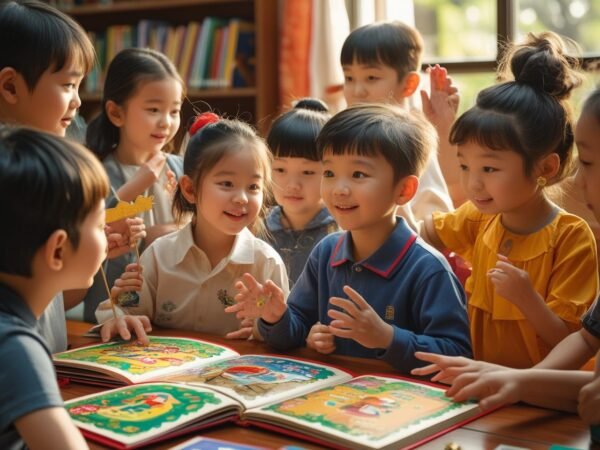
Passing through different generations, Chinese folktales are associated with life lessons that can be incorporated into daily life. These life lessons are conveyed through different short stories that align with Chinese cultures. From teaching loyalty and encouraging honesty while interacting with others, here’s how Chinese Folktales convey moral lessons through their stories.
- Characters with Human Characteristics
Chinese folktales characters vary greatly in terms of species and roles. Although there are Chinese folktales that only include human characters as the focus of the story, animal characters are equally highlighted in different stories. Chinese folktales usually include animal characters with human characteristics, having the same thinking pattern and empathy shown by humans to make the story relatable despite the many species involved. Featuring relatable characters are important to help kids feel connected to the stories and conflict, providing them with a better focus on the morals learned from the plot.
- Easy to follow stories
One of the key characteristics of Chinese Folktales is how the stories remain easy to follow despite the different plots and characters. This easiness is due to the nature of Chinese folktales that align with similar cultures, making it easy for kids to understand.
- Relatable Characters
Another compelling feature of Chinese folktales is the use of relatable ordinary characters to help convey morals and life lessons. Characters such as humble farmer, curious child, and even animals are utilized to reflect how society interacts with one another in daily life. This relatability allows children to put themselves in the story to encourage participation and deeper understanding of the moral lessons.
Building Child’s Imagination through Chinese Folktales
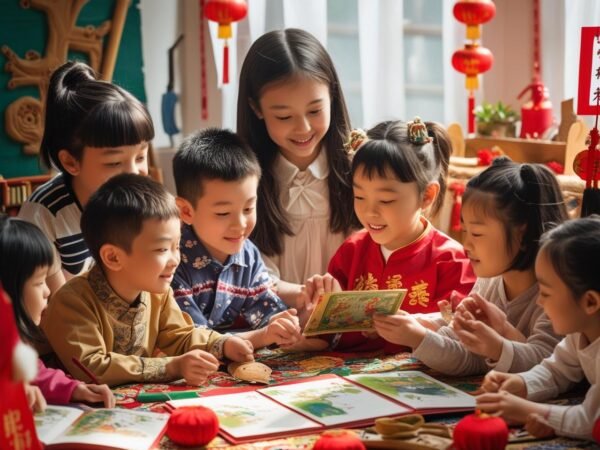
Chinese folktales have long been used as a tool to ignite imagination, as well as language learning. With its captivating plot and differing storylines, Chinese folktales are another creative way to help children study in an engaging way. In terms of sparking imagination, Chinese folktales offer the following features.
- Room for creativity – Chinese Folktales are often told from generations to generations, causing a small adjustment along the way. With how the story varies from one another, Chinese folktales can often serve as a story that provides creative interpretations, letting children understand the story in accordance with their thoughts.
- Fantasy elements – It’s not rare that Chinese folktales often incorporate fantasy elements, such as animals that can talk, shapeshifting beings, and even magical tools that can help the main characters. Including these elements encourages children to expand their imagination, pushing the limits of one’s mind.
- Packed with visuals – Modern telling of Chinese folktales are not limited to verbal storytelling, but also in written forms. This method of storytelling usually includes different visuals to give a better sense of what is currently happening. These visuals encourage children to have vibrant imaginations, giving them a better grasp of what is being described.
Chinese Book Recommendations: Here are the Must Have Chinese Folktales for Your Children
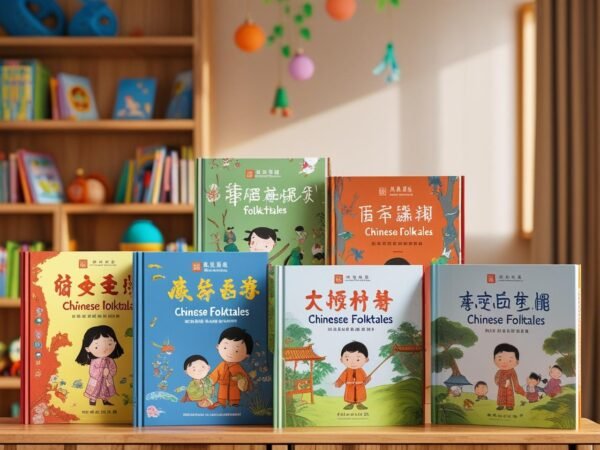
Given the nature of Chinese folktales to be inherited from generations to generations verbally, having a constant record of the stories might be complicated. However, it is important to note that modern storytelling of Chinese folktales is not limited to verbal narration. Many folktales are now adapted into written text and can be accessed both in printed and digital formats. Here are a few classic Chinese folktales recommendations with moral lessons that work great as Chinese folktales for kids learning Mandarin and values..
This classic Chinese folktale tells the story of a group of monkeys. They live near a well and are curious about the moon reflected by the water. Thinking that they can reach the object within the water, the monkeys eventually team up, grabbing each others’ tail as they reach for the moon’s reflection. However, their effort comes to no avail as the moon is only a reflection; reaching for it will be impossible.
Through this lesson, children are taught that not everything appears to be what they perceive. Sometimes, one has to learn how to differentiate between dream and unrealistic achievements and focus on what can be achieved instead.
- The Empty Pot
The story tells about a king that is trying to find an heir to inherit his throne. To find the best candidate, he has given every boy in the village a royal seed. The catch is, whoever grows the best plant will be the next king. As one of the best, Ping is thrilled to hear the announcement. Given his skillful tactics and past histories, winning the competition shouldn’t be a problem. However, Ping finds out that his royal seed is not growing at all, whilst the others have started to brag about the growth. After six months pass and everyone is gathered in the kingdom, Ping is the only one bringing an empty pot. However, the king shortly announces that the royal seed given to the boys is actually cooked, meaning it will be impossible to grow anything from it. Due to his honesty, Ping is eventually chosen to inherit the throne.
- The Little Peacock’s Gift
This story begins with a fairy wanting to select one peacock to be her apprentice. However, she cannot choose one since all the peacocks appear to be the same. The fairy then asks the peacock to gather back during midnight with a different look, where she will finally make her final decision. Almost all of the peacocks start to prepare themselves, attempting to be the best. However, the little peacock found itself helping other people instead of preparing itself. It sacrifices its feather, bringing joy to others until it runs out of its own feather. Once the clock strikes midnight, everyone gathers back together. The peacock fairy notices how the little peacock seems to be different and asks it about its story. Knowing that the little peacock shows compassion to the people it met along the way, the fairy finally decides to have the little peacock as her apprentice.
- Hua Mulan
Mulan is one of the most popular Chinese folktales due to its adaptation into animation and movies. The story follows a young girl pretending to be a guy to substitute her father to join the soldier. Although Mulan struggles to fit in and adapt with the new environment, her dedication eventually helps her to adapt to her new life. At the end of the story, she is honored by the emperor for her bravery. However, Mulan chooses to retire as a soldier and go back to her hometown.
This story offers a classical folktale known by many. The story starts with a young shepherd boy who is bored of his job. He then decides to pull a prank by calling out the villagers, claiming that there’s a wolf attacking his sheep. Trusting the boy, the villagers quickly gather people to help him. However, they are met with the boy’s laughter, satisfied that he is able to deceive others. The villagers grumble, clearly upset by the prank. Yet, the boy still pulls the same prank shortly after as the villagers’ trust slowly evaporates. At one point, a wolf actually attacks him and the sheep. However, the villagers have already lost their trust and are unwilling to help the boy.
Animated Chinese Folktales, Here’s How to Find Them
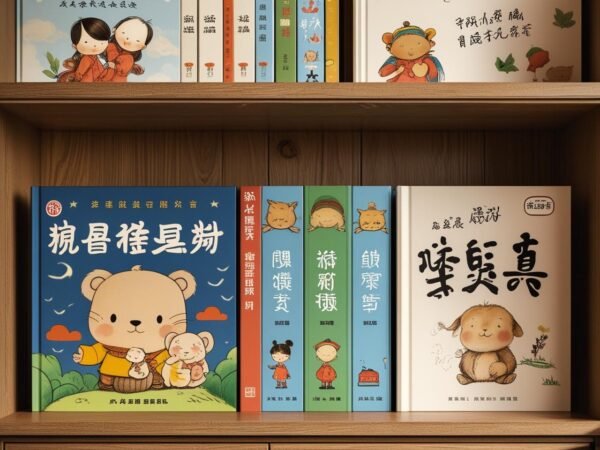
Aside from being adapted into books, it is not rare to encounter animated versions of classic Chinese folktales. Animations can be a great alternative to help children learn Mandarin and spark their imagination, especially with how accessible the sources are now. Chinese folktales in animated forms can help children due to its features that provide the following benefits. If you’re looking for Chinese folktales for kids in animated format, many platforms now feature classic stories brought to life with engaging visuals and Mandarin narration.
- Helping with pronunciation – Animated Chinese folktales are often narrated by people, letting children have a basic grasp on how to pronounce words used in the narration. This can encourage young children to improve their speaking skills by increasing fluency.
- Fully illustrated – Young children can be very prone to boredom. Therefore, providing an animated series can help keep them engaged. With a fully animated media, children will display greater interest in paying attention.
- Simplify complex concepts – Young children might struggle with imagining some part of stories that are foreign to them. By giving fully animated stories to children, you can help them understand complex concepts and expand creativity in forming figures based on descriptions.
Given how the media is almost accessible to many children, finding the right place to watch animated Chinese folktales is easier than before. Here’s a few recommended places for you to start with.
- YouTube – If you’re aiming for an accessible and free to use application, YouTube is a great start to find animated Chinese folktales. By exploring YouTube, you will not only be able to find animated Chinese folktales, but also encounter channels that encourage language learning while reading or watching folktales.
- Netflix – Given how popular some Chinese folktales are, a few stories have been adapted into an animated movie or stories available to watch on streaming platforms. One of these platforms is Netflix, which not only provides animated videos, but also subtitles to help children learn Mandarin better
- Language streaming sites – With a monthly subscription, you can find different language streaming sites that are dedicated to help people study another language. By providing shows, both animated and real person, in different languages, these streaming platforms encourage people to learn by enabling subtitles and vocabulary learning at the same time.
Conclusion
Classic Chinese folktales serve as timeless tools to begin children’s language learning journey. For a structured program using Chinese folktales for kids, explore our Mandarin enrichment classes. With the combined benefits of relatable stories and Chinese culture implementation, Chinese folktales offer easy-to-follow stories that can be accessed in text, video, and even audio formats. Aside from learning independently, Chinese enrichment classes nowadays also provide special courses that offer Mandarin learning while reading Chinese folktales. Visit us to learn more about the arrangement.





